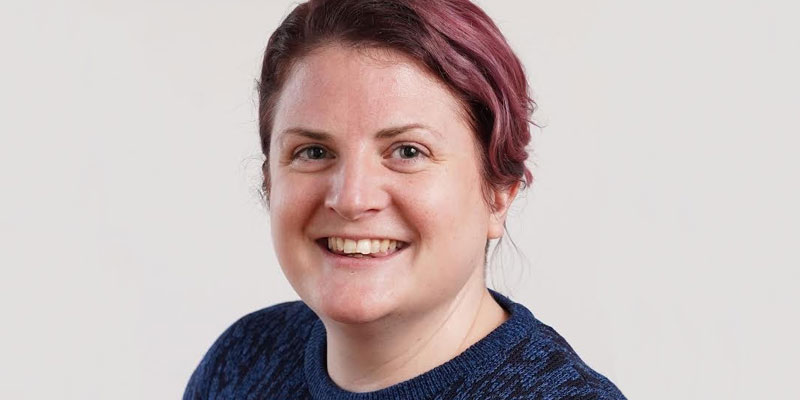
Dr Amelia Gully
Speech Science lecturer Amelia Gully tells us about her determination to discover what makes our voices unique, and how this knowledge could deliver synthetic voice technology which can be fully controlled by the user.
What’s your area of research?
I work on the shape of the vocal tract. My research uses medical imaging techniques like MRI to measure the whole of the upper airways including the mouth and nasal tract and then I use mathematical techniques to quantify the shape of those airways and compare them between individuals.
What do you love about your work and where do you think it will lead you in the future?
What I love about working on the voice is that, as humans, we're really geared up to understand what the voice is. In some research you have to show people graphs and sort of explain what those graphs mean, but if you play people some speech, they inherently understand and get what's going on with the research.
Our current focus is to expand our understanding of the voice from populations that are typically studied, to more diverse populations and atypical talkers. If we can understand these less familiar groups we may better understand the diversity in the human voice across the population.
Because of the work we're doing now, it’s my hope that in the future, people who've lost their voice due to illness or trauma will be able to communicate naturally and express themselves authentically using a synthetic voice that's truly their own.
What is the most challenging aspect of your research?
If I had one wish, it would be to move this research forward at a faster pace. I’d love is a way to look inside people's heads without needing to make them lie down in a loud, claustrophobic, unpleasant MRI scanner, and to be able to look inside their heads using some kind of magic x-ray specs!
Looking to the future, what do you think you’ll be working on next?
Well one of the problems with current synthetic speech technology is that it doesn't have a sort of natural control mechanism; meaning it can’t be controlled with normal speech muscles.
That’s the challenge we need to overcome: We need to apply this work on speech anatomy to the synthetic voices, so we can generate a speech synthesiser that people can control using their own vocal anatomy.
Find out more